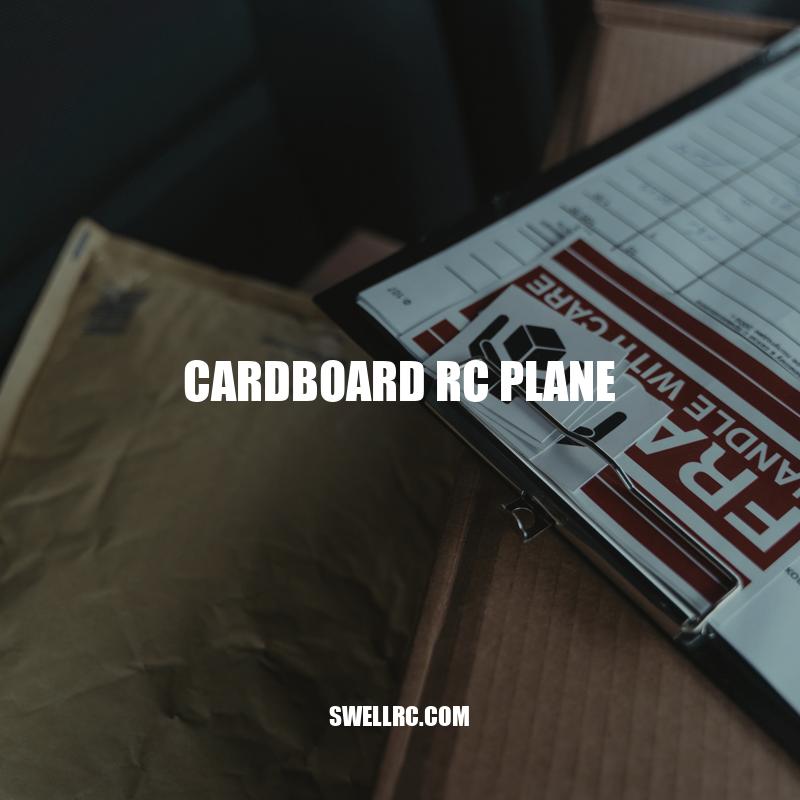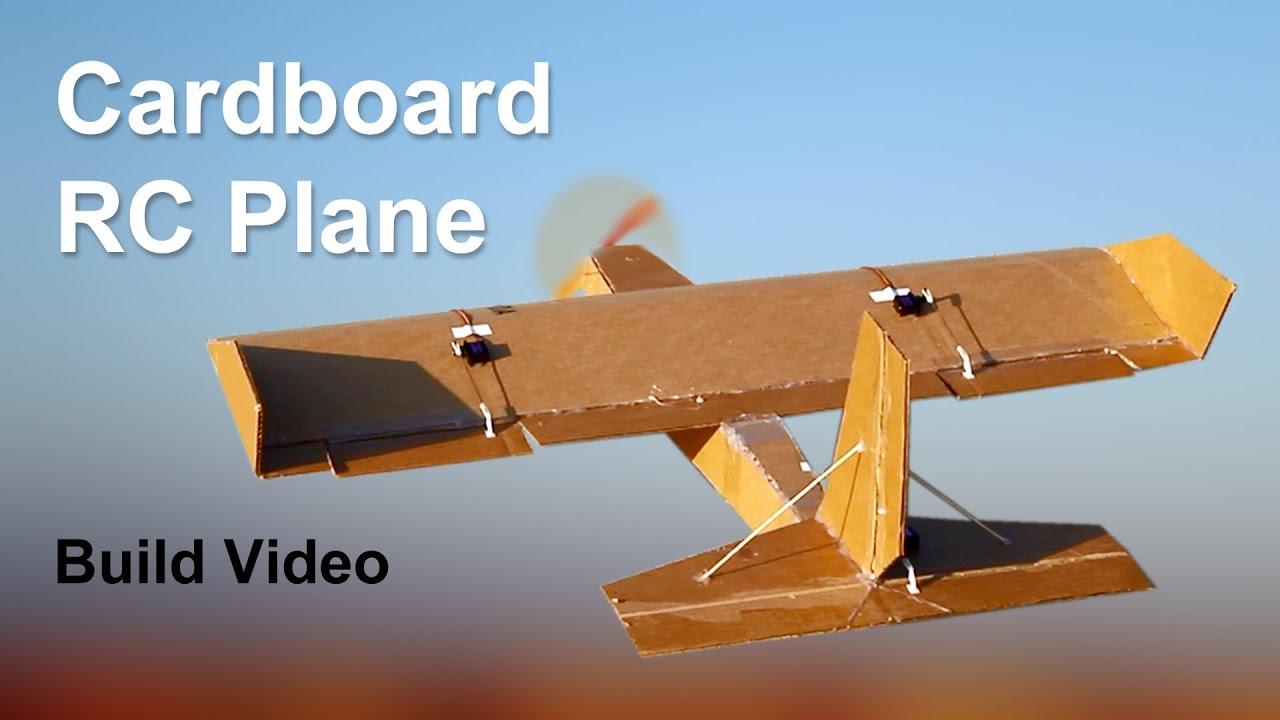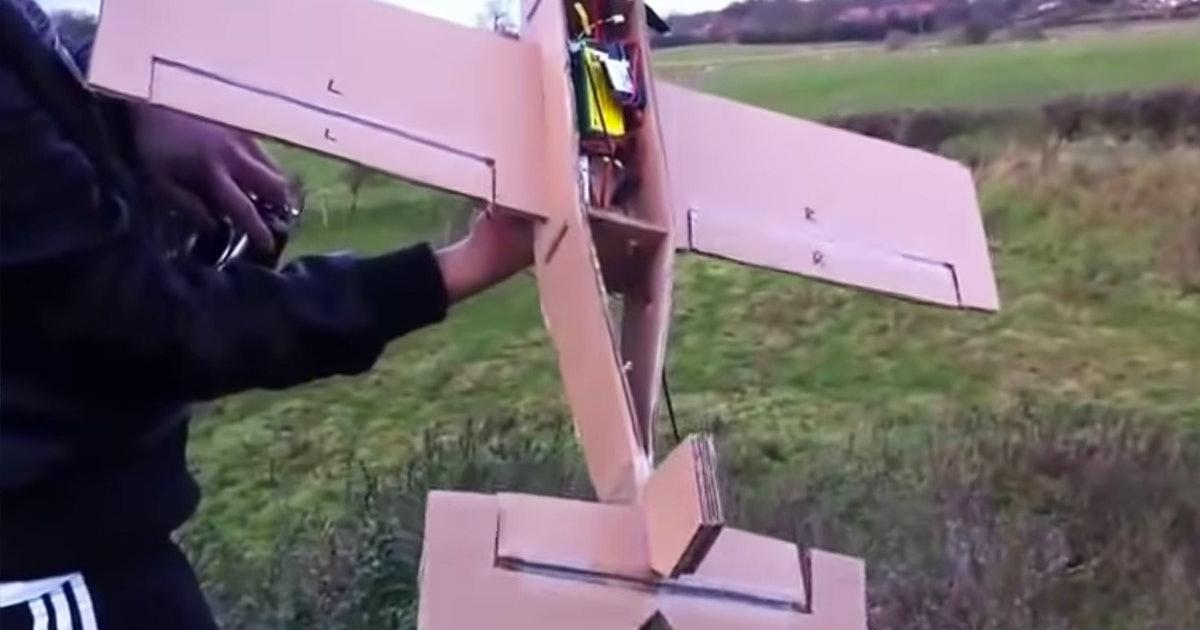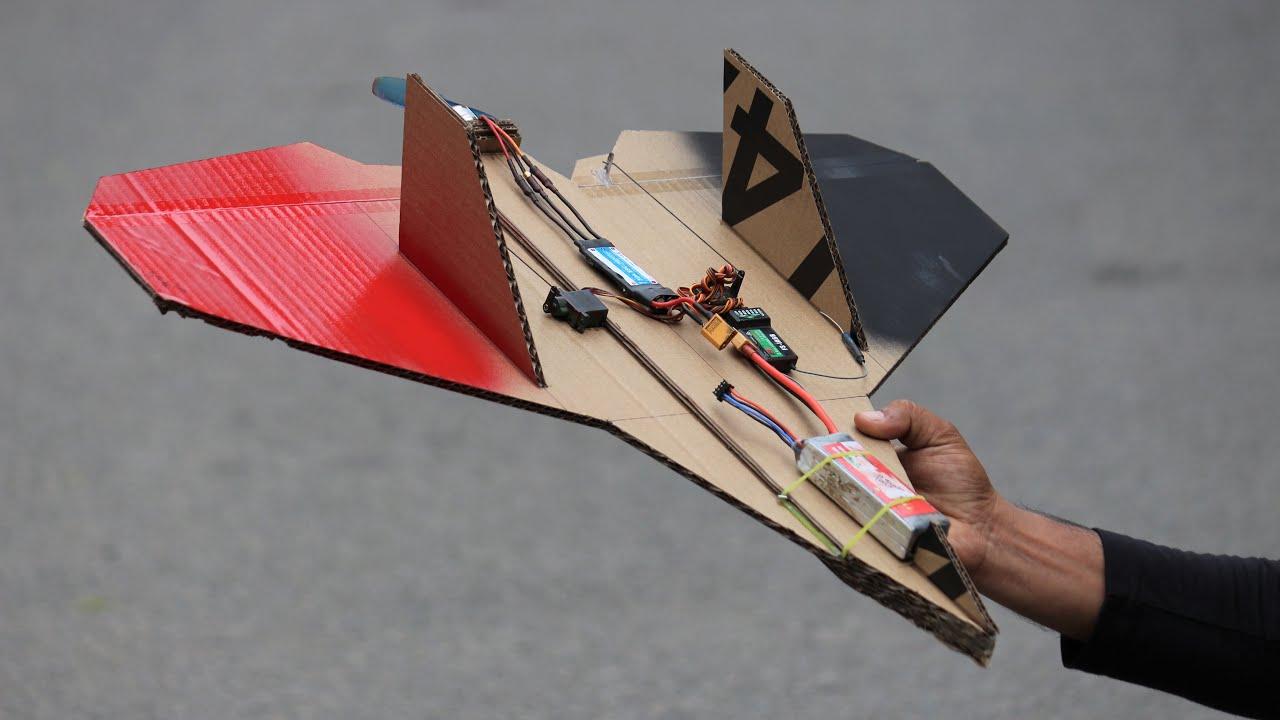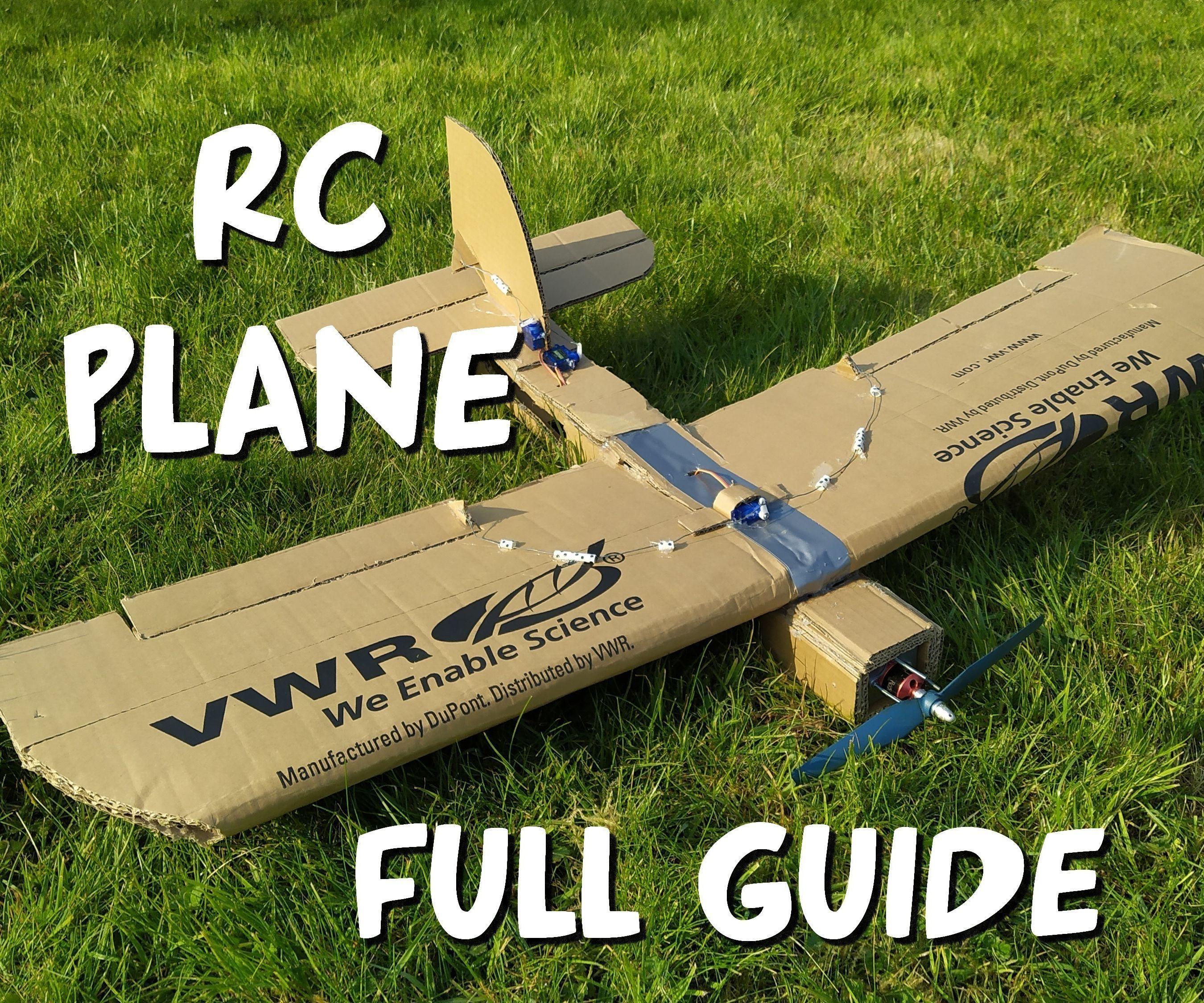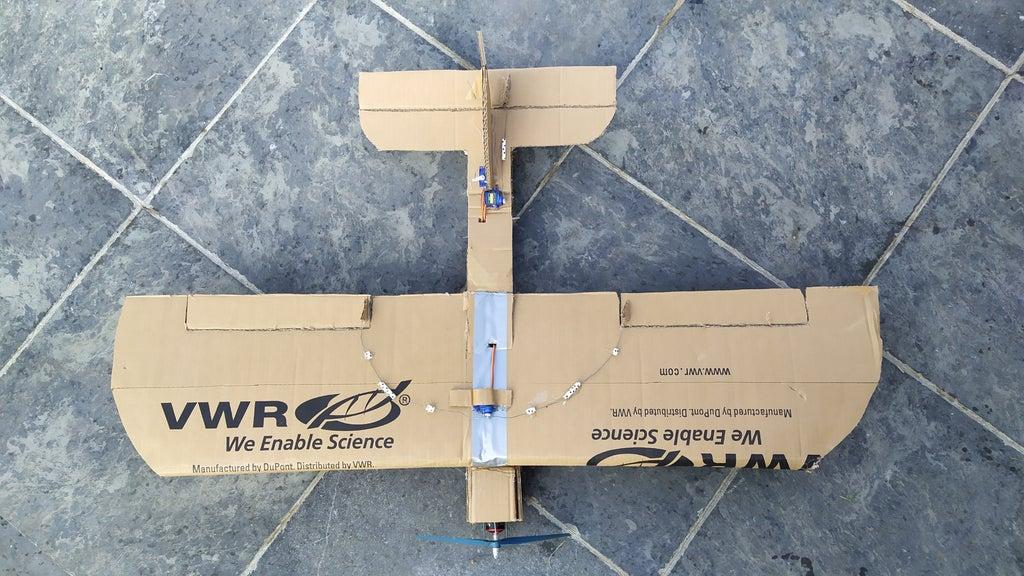Building and Flying a Cardboard RC Plane: A Fun and Accessible Hobby
RC planes have been a popular hobby for decades, offering enthusiasts a chance to experience the thrill of flight from the safety of the ground. While many RC planes are made from traditional materials like wood or plastic, cardboard has emerged as a unique and accessible option. Whether you’re an experienced RC pilot or a total newbie, a cardboard plane offers a fun and affordable way to get started. In this article, we’ll cover everything you need to know to build and fly your very own cardboard RC plane. From materials to building tips to flight characteristics, we’ve got you covered. So let’s take to the skies with cardboard!
Essential Materials for Building a Cardboard RC Plane
To build a cardboard RC plane, you’re going to need a few essential materials. Here’s what you’ll need:
- Cardboard – thick and sturdy cardboard is best, like the kind used in shipping boxes
- Glue – any type of strong adhesive will work, but many RC enthusiasts prefer to use hot glue
- Motor – a small electric motor will power your cardboard plane through the air
- Battery – you’ll need a battery to power the motor, which can typically be found at a hobby store
- Servos – these are small devices that control the movement of the plane’s wings
- Propeller – the motor will need a propeller to generate thrust and keep the plane in motion
- Control system – this can be any type of remote control that operates via radio frequency
Most of these materials can be found at a hobby or craft store, while others can be repurposed from household items. Some helpful websites and products to check out include FliteTest, a popular online community for RC enthusiasts with tons of tutorials and resources, as well as beginner-friendly RC plane kits from companies like Makerfire.
Where can you find beginner-friendly RC plane kits?
One can find beginner-friendly RC plane kits at hobby stores or online retailers such as Amazon and Horizon Hobby.
Building Your Cardboard RC Plane in Just a Few Simple Steps
Now that you have all of your materials, it’s time to start building your cardboard RC plane! Here are the basic steps:
- Cut your cardboard into the desired shape for your airplane, making sure to include wing and tail shapes
- Assemble the fuselage of the plane using glue and additional cardboard pieces as needed
- Attach the servos to the wings of the plane, and connect them to the control system
- Install the motor onto the front of the plane, and attach the battery to power it
- Attach the propeller to the motor, making sure the rotation is correct
- Test the plane’s balance and adjust it as needed by adding weight or shifting parts around
- Give the plane a test flight and make adjustments as necessary for optimum performance
Here’s a helpful table outlining some commonly used sizes for cardboard RC planes:
| Wingspan (in inches) | Motor Size | Battery Type |
|---|---|---|
| 24-30 | 2204 | 3S 1300mAh |
| 36-48 | 2212 | 3S 2200mAh |
| 48-60 | 2826 | 4S 2200mAh |
There are endless possibilities when it comes to designing and building your cardboard RC plane, so don’t be afraid to get creative and try new things! Check out some online RC communities or websites like Instructables for inspiration and new ideas.
What are some commonly used sizes for cardboard RC planes?
Some commonly used sizes for cardboard RC planes include 24-inch wingspan, 30-inch wingspan, and 36-inch wingspan.
Exploring the World of Cardboard RC Planes
When it comes to flight, cardboard RC planes exhibit unique characteristics compared to traditional RC planes. Here are some things to keep in mind:
- Cardboard planes are generally slower than traditional planes due to their lightweight and low-powered motors
- They are more sensitive to wind due to their light weight and large wingspans
- Cardboard planes can be safely flown indoors or in enclosed spaces due to their low speed and weight
- They are ideal for beginners due to their low cost, ease of construction, and forgiving flight characteristics
- Cardboard RC planes can be modified and adjusted as needed, allowing for endless experimentation and learning opportunities
While cardboard planes may not be the most advanced or high-performance RC planes out there, they offer a unique and accessible way to get into the hobby. Plus, they can be a great way to learn about aerodynamics and airplane design! Be sure to check out online resources like Flite Test and HobbyKing for more information and tutorials on building and flying cardboard planes.
What are the benefits of building and flying cardboard RC planes for beginners?
Building and flying cardboard RC planes provides beginners with a low-cost, hands-on introduction to the hobby, while also teaching basic engineering and problem-solving skills.
Latest Advancements and Innovations in the World of Cardboard Planes
The cardboard RC plane community is constantly pushing the boundaries and coming up with new and innovative ways to build and fly planes. Here are some of the latest advancements and products in the world of cardboard planes:
- The Flite Test website offers a variety of cardboard plane kits, along with tutorials and community resources
- 3D printing technology is being used to create custom parts and accessories for cardboard planes
- Some builders are experimenting with using carbon fiber or other materials in addition to cardboard for increased durability and performance
- Advancements in motor and battery technology are allowing for longer flights and higher speeds in cardboard planes
- Some builders are even using design software like CAD to create intricate plane designs before building them out of cardboard
The cardboard RC plane community is active and welcoming, with builders of all ages and skill levels sharing tips and resources online. Whether you’re looking to get started with your first build or experimenting with new techniques and materials, there are endless possibilities with cardboard planes. Check out online forums like RCGroups and community groups on Facebook for more information and inspiration.
What resources are available for people interested in building cardboard RC planes?
Online tutorials, forums, and templates are available for people interested in building cardboard RC planes.
Benefits of Flying a Cardboard RC Plane
Cardboard RC planes have a lot of potential in the realm of education and fun. Here are some ways that cardboard planes can be used in educational settings:
- Teaching students about aerodynamics and flight principles through designing and building a cardboard plane
- Using cardboard planes to demonstrate basic physics principles, like Newton’s laws of motion and gravity
- Encouraging creativity and problem-solving skills through designing and building a cardboard plane from scratch
But cardboard planes aren’t just for learning – they’re also a great source of entertainment and fun for hobbyists and enthusiasts of all ages. Here are some of the benefits of flying a cardboard RC plane:
- Affordable – compared to other types of RC planes, cardboard planes are accessible and affordable to a wide range of people
- Customizable – builders can personalize their planes with unique designs and accessories, making each plane truly unique
- Easily repairable – if a cardboard plane gets damaged, it’s easy to fix with some glue and spare cardboard
- Portable – cardboard planes are lightweight and easy to transport, making it simple to take them on the go and fly them in different locations
Whether you’re looking to learn more about flight principles, exercise your creativity, or just have some fun flying a unique type of RC plane, cardboard planes are a great option to explore.
What are the benefits of flying a cardboard RC plane?
The benefits of flying a cardboard RC plane include affordability, lightweight construction, and ease of customization.
Conclusion
In conclusion, cardboard RC planes offer a unique and accessible way for hobbyists and enthusiasts to explore the world of remote control planes. With the right materials and a bit of creativity, anyone can design and build their own cardboard plane for a fraction of the cost of other planes. Not only are cardboard planes affordable and customizable, but they also offer potential in educational settings, teaching students about physics and aerodynamics through a hands-on design and build process. Additionally, flying a cardboard plane is a fun and entertaining way to exercise problem-solving skills and creativity.
If you’re interested in building and flying your own cardboard RC plane, there are numerous resources available online, from instructional videos to pre-designed templates. Some websites even specialize in selling cardboard plane kits, providing all the necessary materials and instructions in one convenient package. So what are you waiting for? Give cardboard RC planes a try and see where your imagination takes you!

